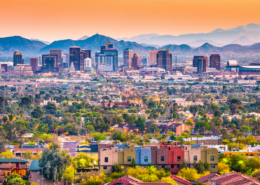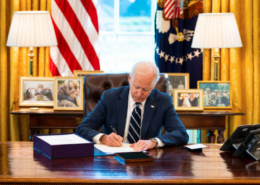Clean Energy Future for New Hampshire Communties
Problem
Climate change represents an existential threat to our environment, ecosystems, economy, and social structures not only in the United States but on a global scale. The current federal administration is engaged in a dramatic roll-back of common sense action to meet the challenge of climate change, abdicating leadership on both a domestic and international basis. As a result, climate leadership must be assertively pursued on a state and local level. Over 125 cities across the United States such as Concord, NH have committed to achieving 100% renewable energy generation by 2050 and are actively implementing projects to move towards this goal.
Solution
Concord, NH is providing leadership on both a municipal and statewide basis on practical solutions to meet the challenge of climate change while controlling our energy destiny, creating economic opportunity and jobs, and improving our environment. When the Concord City Council adopted the 100% renewable energy by 2050 goal, a process to create a detailed strategic plan was initiated through an intensive community input process. The plan covers three sectors -electricity, transportation, and thermal energy. Specific projects such as reforming zoning rules to encourage solar development and deploying utility scale solar projects on municipal properties are underway by city of Concord.







